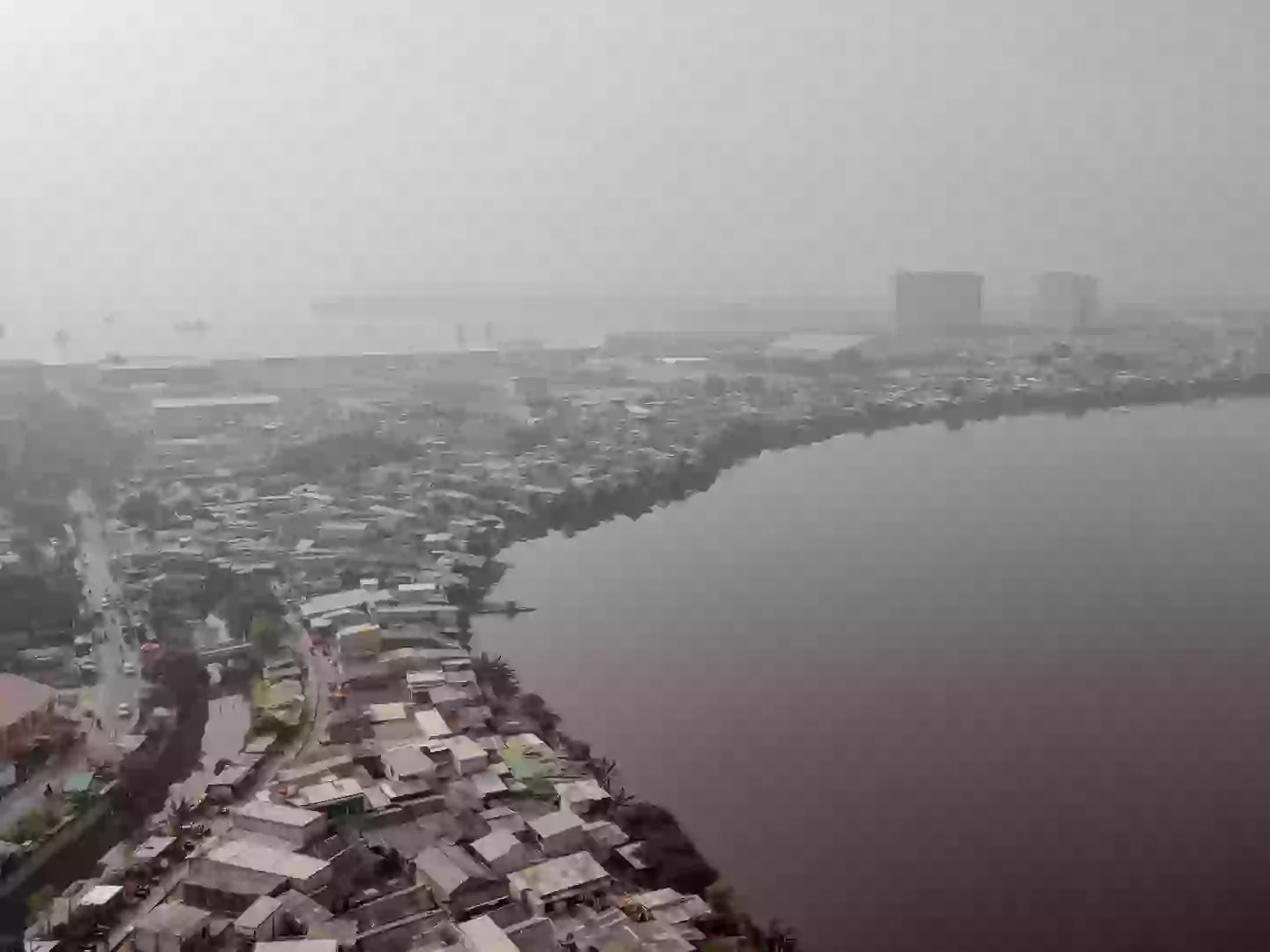New York Is Quietly Sinking—And Scientists Warn Time Is Running Out to Stop It
So, here’s a wild thought: what if the reason your commute feels longer isn’t just because of traffic but because the whole darn city is quietly sinking beneath your feet? Yup, a recent Virginia Tech study found that 28 major US cities—home to about 34 million people—are slowly slipping into the ground. Now, don’t panic quite yet; we’re talking millimeters here, but over time, those tiny shifts might really mess with everything from your favorite coffee shop floor to the sidewalks you walk on every day. It’s like Earth’s version of a slow-motion sinking feeling… literally. And if these 28 cities are going down, how many others are playing the same sinking game without us knowing? It sounds like the next big urban crisis nobody was ready for—buildings, bridges, roads, all at risk because we’ve been quietly draining groundwater like there’s no tomorrow. So yeah, your city might not just be dealing with traffic jams, it’s dealing with gravity’s sneakiest hustle. Intrigued?
LEARN MORE
28 US cities are ‘sinking’ according to a new study… which only looked at 28 US cities.
If the scientists haven’t miraculously looked at the only cities in America which are sinking then it’s likely that many other population centres in the US are also slowly slipping down into the ground.
The study from Virginia Tech looked at cities which hold about 34 million people, or 12 percent of the US population, and found that some part of all of them was slowly going into the ground.
Of course this poses a problem for such built up areas, which are not really designed to sink, but are doing anyway.
.jpg)
New York is sinking by a few millimetres each year (Getty Stock Photo)
Define ‘sinking’
When we say sinking we’re talking millimetres here, so at first you wouldn’t notice it very much at all, but give it a few years and if your city is a few centimetres down from where it used to be you might start to notice.
The study says that in all 28 cities they looked at (using satellite-based radar measurements) at least 20 percent of the urban area is sinking while in 25 of those 28 cities it’s at least 65 percent of the urban area that’s going steadily downwards.
The study warns that ‘29,000 buildings are located in high and very high damage risk areas’.
Even if the residents don’t notice at first, the infrastructure that makes up a city certainly does, as buildings, roads and bridges are at threat of damage as the ground beneath them gives way slowly.
The study’s lead author Leonard Ohenhen said: “Even slight downward shifts in land can significantly compromise the structural integrity of buildings, roads, bridges, and railways over time.”
.jpg)
It turns out all those skyscrapers are really heavy (Getty Stock Photo)
How much is New York sinking by?
NYC is actually one of the cities that isn’t sinking as much as the others on the list as it’s going down by around a couple of millimetres per year.
However, some bits of the city (and this goes for all 28 cities examined) are sinking faster than others.
Virginia Tech Associate Professor Manoochehr Shirzaei warned that ‘infrastructure can be silently compromised over time with damage only becoming evident when it is severe or potentially catastrophic’.
The study indicates that it’s Texas that really needs to be worried, as some parts of Houston are sinking by as much as 10 millimetres a year.
Forty-two percent of land in Houston is sinking at a rate of five millimetres a year or faster, while 12 percent is sinking at over 10mm per year.
They do say everything’s bigger in Texas, I suppose that also extends to the subsidence.
.jpg)
You think New York has it bad? Houston has it worse (Getty Stock Photo)
Why are cities sinking?
I don’t know if you’ve ever tried to lift up a city building but they are very heavy, and the ground having to bear a heavier weight as cities expand puts more pressure on the earth.
However, the main reason why these cities are sinking is because of groundwater extraction.
As cities grow their demand for water increases and if water is being extracted at a faster rate than it’s being replenished then the ground around it can crumble.
About 80 percent of subsidence activity is linked to groundwater removal, according to the study.

Experts reckon the greater demands on the groundwater beneath a city are leading to them sinking (Getty Stock Photo)
Which US cities are sinking?
All 28 of those examined in the study, which looked at some of the most populous cities in the US, were found to be sinking to some extent.
They are:
- New York City
- Los Angeles
- Chicago
- Houston
- Phoenix
- Philadelphia
- San Antonio
- San Diego
- Dallas
- San Jose
- Austin
- Jacksonville
- Fort Worth
- Columbus
- Indianapolis
- Charlotte
- San Francisco
- Seattle
- Denver
- Washington DC
- Nashville
- Oklahoma City
- El Paso
- Boston
- Portland
- Las Vegas
- Detroit
- Memphis

It’s not just happening in the US, other cities around the world are sinking at an alarming rate (Muhammad Fadli/Bloomberg via Getty Images)
Are other cities around the world sinking?
Oh goodness gracious yes.
The reasons why these 28 US cities are sinking are not exclusive to America.
While rising sea levels pose a serious danger to the places that aren’t equipped to cope, many experts have warned that subsiding cities will be the more dangerous aspect as the concrete jungles we’ve constructed are going down at a faster rate than the water is rising.
Coastal cities are most susceptible to sinking, and the Indonesian capital of Jakarta is in serious danger as the country is planning to spend $30 billion on building a new capital where it can relocate to because the city with a population of millions is sinking.
None of this is particularly good news, but there it is.


















